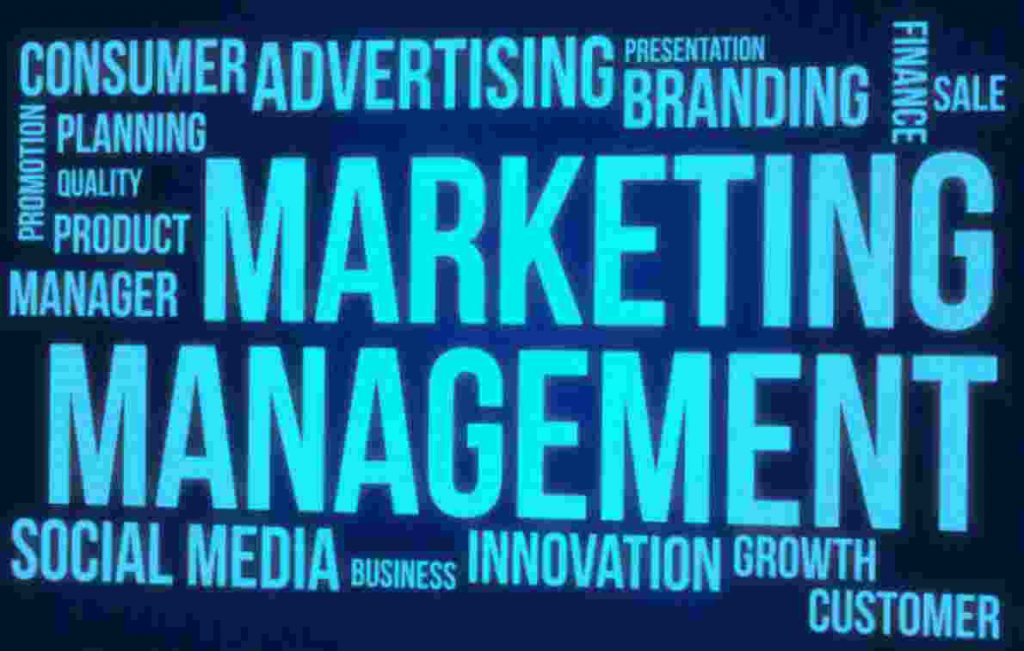Product-led growth (PLG) won’t be going away anytime soon. It is a company strategy where the product primarily drives client acquisition. Companies with a product-led growth strategy can develop faster and more effectively by using their products to build a pipeline of active users who are converted into paying customers.
Although it is correctly linked to bottom-up, freemium, viral distribution, product-led growth is more complex than a straightforward go-to-market strategy. Any company or startup can implement PLG concepts to enhance user experiences and boost go-to-market effectiveness, even those selling to huge companies or operating in specialized vertical markets.
The end user now holds the lion’s share of the power, not the buyer. Additionally, end consumers today expect better experiences from the tools they use due to the consumerization of software.
Software firms must adapt to the market’s needs to succeed in the current Age of Connected Work, which entails creating a product for end users and then selling that product directly to those end users.
The success of PLG is directly related to its widespread adoption. Only six publicly traded SaaS companies—Dropbox, Square, Slack, Pivotal, Elastic and HortonWorks took less than five years from launch to reach $100 million in ARR.
What makes the PLG model so successful for growth?
Unmatched scalability: PLG models are made to facilitate viral expansion. By lowering adoption obstacles, they increase the size of their potential market. Low, user-based costs encourage people to purchase independently, shortening the sales cycle and encouraging bottom-up adoption via word-of-mouth.
Less fixed costs and more variable expenses are incurred: PLG solutions don’t need full-fledged corporate sales teams to launch growth. For example, Twilio went public with only 12 full-time sales employees and an ARR of about $250M.
Rapid time-to-value: PLG models reduce obstacles to user engagement. They make use of self-service distribution and concentrate on creating revenue right away. New users only need a credit card and five minutes to begin using Zoom.
Products that fall under one or more of the abovementioned categories use an enterprise or sales-led growth model (SLG).
Customer-Led Growth: The Hybrid Go-To-Market Model
The most successful businesses will combine the best elements of both. By mixing components of both PLG and SLG into their go-to-market approach, they will create multifaceted models that cater to all potential clients on their terms. This flexible approach is what it referred to as customer-led growth (CLG).
Coming back to the previously used example, with only 12 salespeople when it went public in 2016, Twilio today employs over 800 salespeople. The percentage of employees has increased from 2% to 17%, which puts it close to enterprise-focused businesses like Salesforce (22%). Slack is another PLG business that has embraced CLG.
The widespread adoption of bundled and freemium models is the best example of businesses that were formerly driven by sales becoming more customer-driven.
Freemium models enable SLG businesses to offer restricted versions of their products for free to increase consumer awareness and acquisition before a potential upsell. Even if there are a staggering number of SLG businesses using the freemium model, the variety of these businesses is even more astounding.
Seizing the CLG Opportunity
Understanding your target market is essential for creating effective PLG products. To develop the product and bring user behavior and desired behavior closer together, user actions must be gathered, analyzed, and prioritized. Although they have proven great toolkits for deep analysis, traditional analytics tools are sometimes costly and underutilized.
Self-service is a significant benefit for PLG companies. This model decreases the barrier to user acquisition and product testing while simultaneously lowering the barrier to churn. PLG businesses must successfully retain their users for sufficient time to generate meaningful profits. Metrics like Average Customer Lifetime and Net Revenue Retention are becoming more crucial to gauge the health of PLG businesses.
Direct sales models were intended for traditional sales solutions like customer relationship managers (CRMs). They concentrate on enhancing communications with screened marketing qualified leads (MQLs). Leads qualify themselves in a world where products come first! Most PLG companies prioritize organizational expansion on a horizontal basis rather than initial acquisition.
The gaps between product-led and sales-led businesses will diminish as they develop and adopt user-centric CLG models. Every consumer will be catered to on their terms, not forced to use a model that works for everyone.
To fulfill these changing needs, the trailblazing businesses of the future will start putting all available methods into practice as soon as possible.
They will continuously measure, track, and adapt as their clients change. Products that support this hybrid CLG model will prosper in this new world.

